CFILE––Peruvian ceramist Ximena Garrido-Lecca’s dichotomous objects in Toma de Tierra (2015) seamlessly transmorph from a hand-formed clay object into a machine produced construction; meanwhile, her artisanal brick installations, such as those in Smoke Architecture (2015), become objects of modern construction rather than their original purpose––all traverse back and forth between ancient to modern forms and modalities.
Featured image: Organismo VI, 2019, Ceramics and stainless steel, 12 3/5 × 21 3/10 × 7 1/10 in
Their morphology is a physical representation of their implicated and burdened histories––first subjugated by colonialism, Garrido-Lecca then subverts that subjugation. These seemingly disparate parts, as Artsy writes, “[examine] the fraught history of Peru, shaped largely by the uneasy entanglement of indigenous and colonial culture.”

Garrido-Lecca’s works in Toma de Tierra (Galería Casado Santapau, Madrid, Spain, September 21, 2015 – October 1, 2016) specifically thrive on exposing this taut relationship between past and present cultures, Arte-Sur writes.
“In Morfologías de contención (2015) Garrido-Lecca binds together two construction techniques that are, initially an uncomfortable bi-polar ethnography. The metal brackets are a survey of the simple, and surprisingly fragile looking joints used in the wooden construction, particularly for floor and roofs. Not insignificantly they are called strong ties, evoking their own poetry. Each work contains a simple clay brick, a parallel construction method, but in a perfect fit to one another. Their mutual similarities and individual differences fit not only the conceptual art forms of aesthetic order and series, but also principles of evolutionary theory in the illustrations of ‘primative’ bodies of tribes or criminals in the erroneous ethnographic tendencies of 18th and 19th century logic. Arranged in all their variations, theses basic building devices suddenly seem fragile as individual lives. Can we really put our trust in these folds of metal to support us? Or should we be offering some kind of devotion to ensure they keep us secure?”
https://www.arte-sur.org/calendars/ximena-garrido-lecca-toma-de-la-tierra/
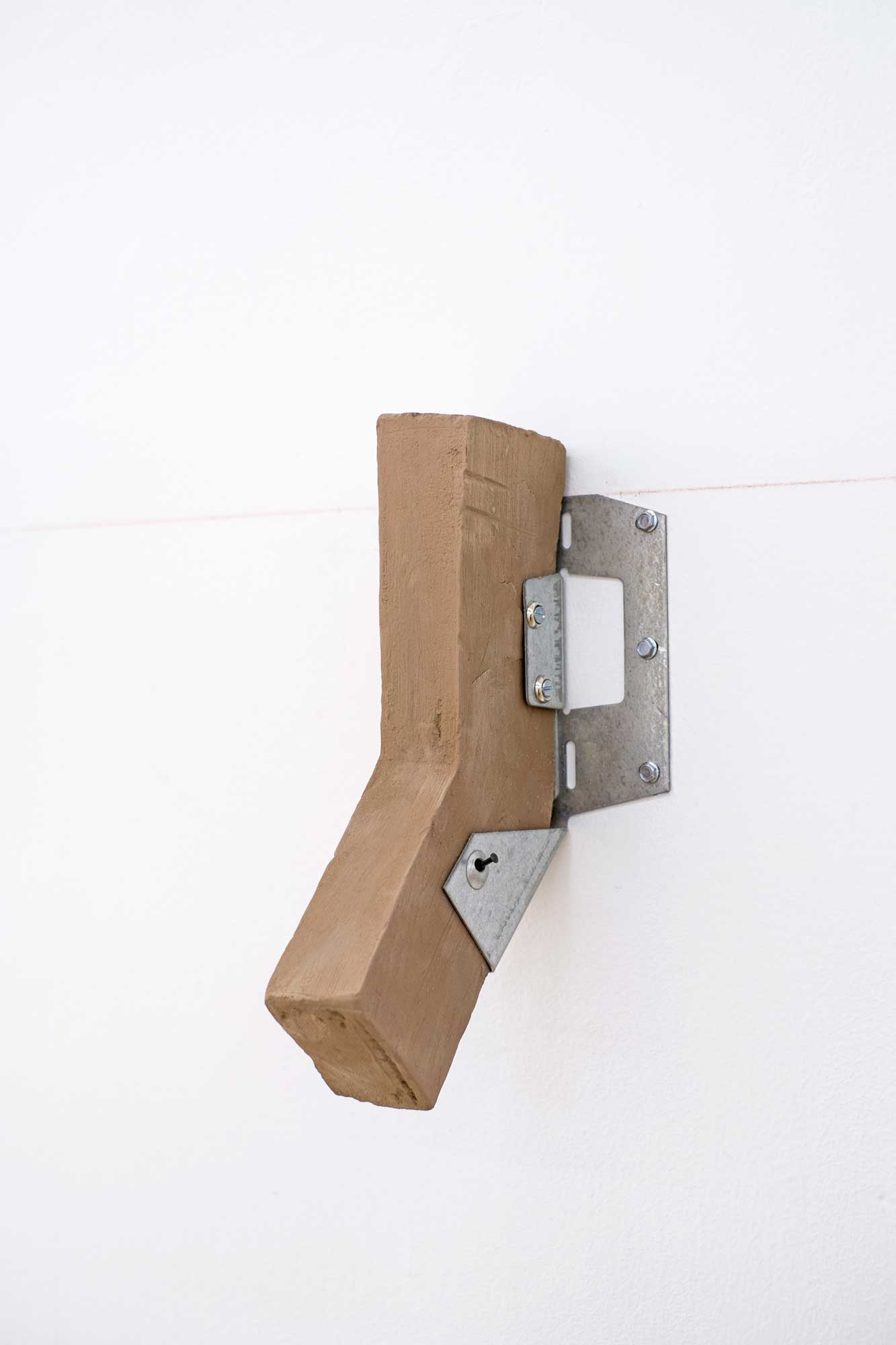
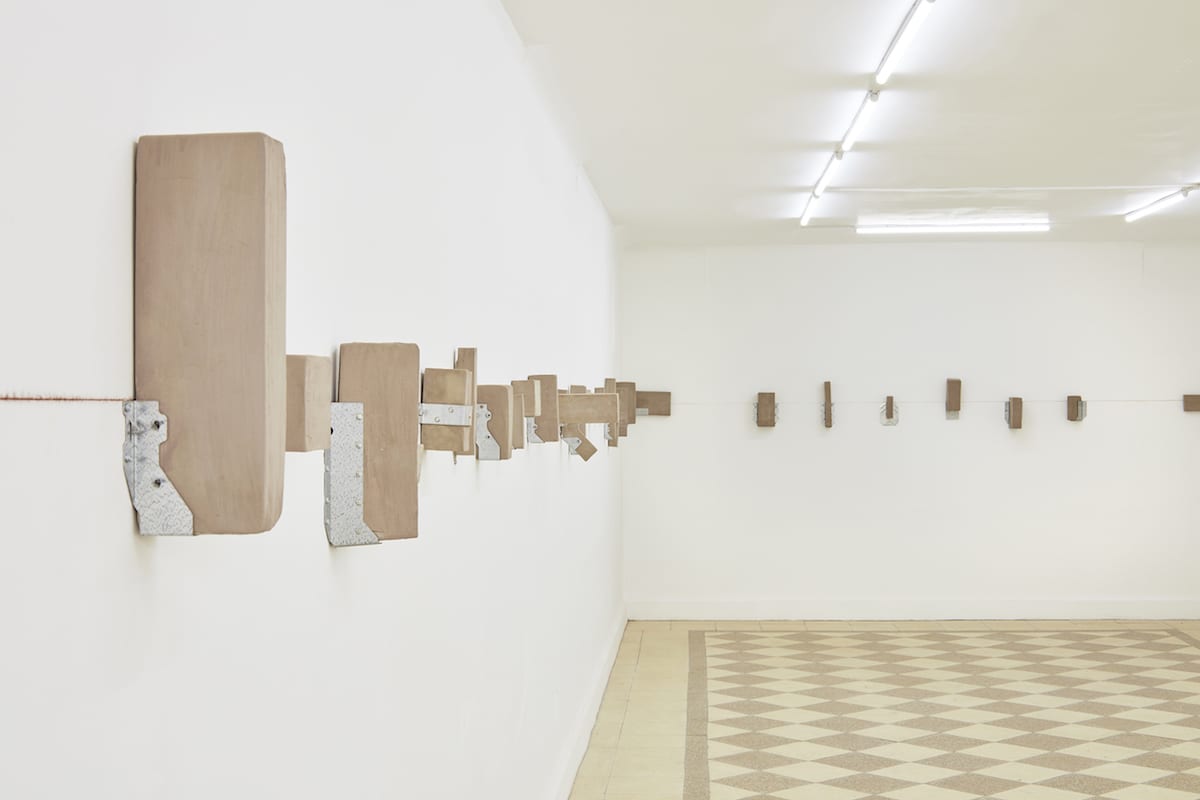

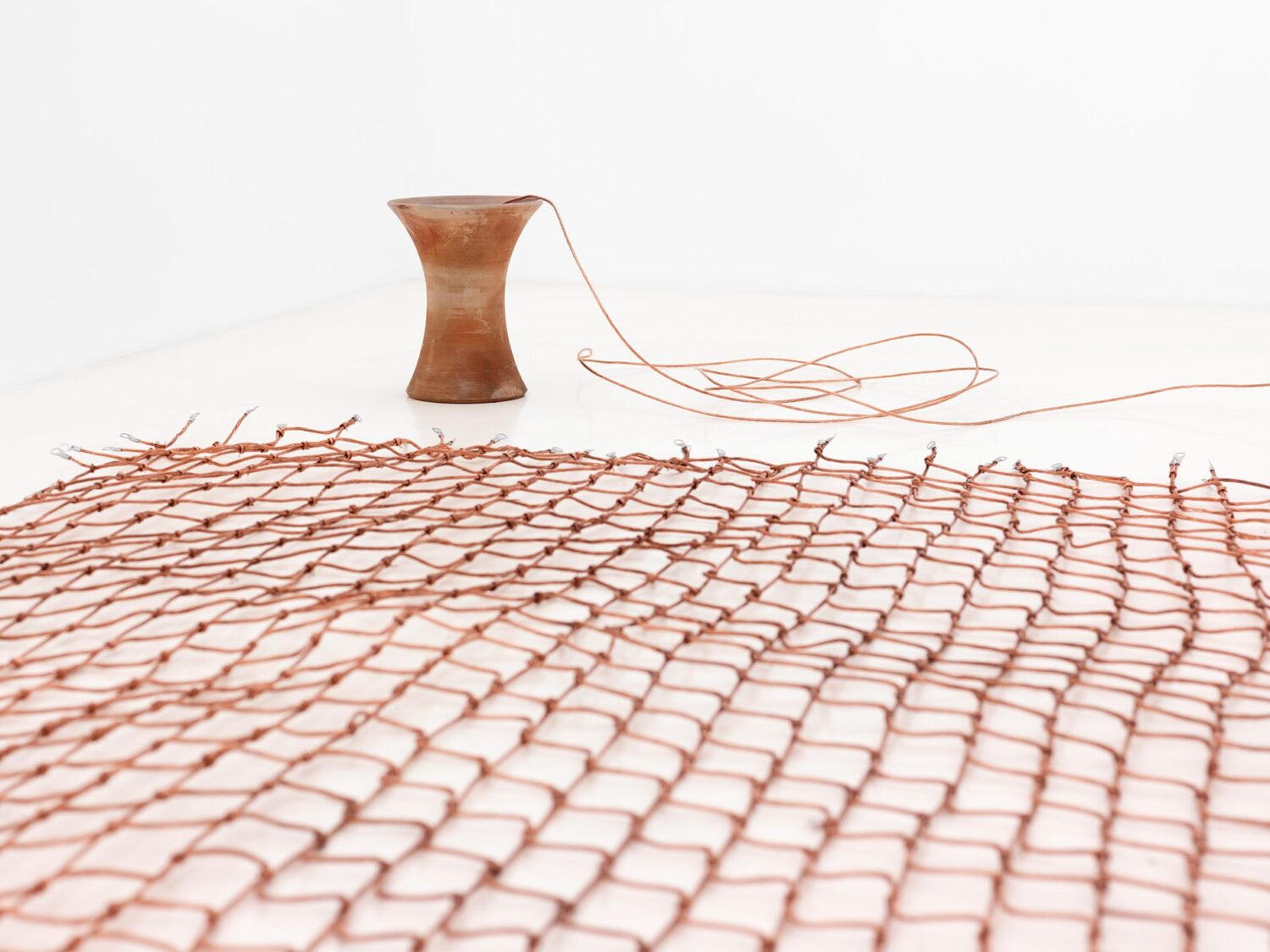
Her low brick walls in Smoke Architecture (80m2 Livia Benavides, 2015) allude to the innate sociocultural elements and economics of architecture, as Max Hernández Calvo writes.
“The processing of productive activities that also involves other systems of control—administrative more than physical—that regulate their flow. This raises the issue of social relations and work conditions, of which the installation itself becomes a self-referential example.
A friction between the two archetypes is generated by this exhibition; on one side is the industrial modernist (piping) system and on the other is the pre-modernist handcraft of brickmaking. Within the pre-modern Andean culture, the earth used in the construction of homes is considered a symbolic source of life. Conversely, the metal duct system references the overt industrialization and instrumentalization of resource extraction, thereby marking the transition to a more estranged method of modern production. “
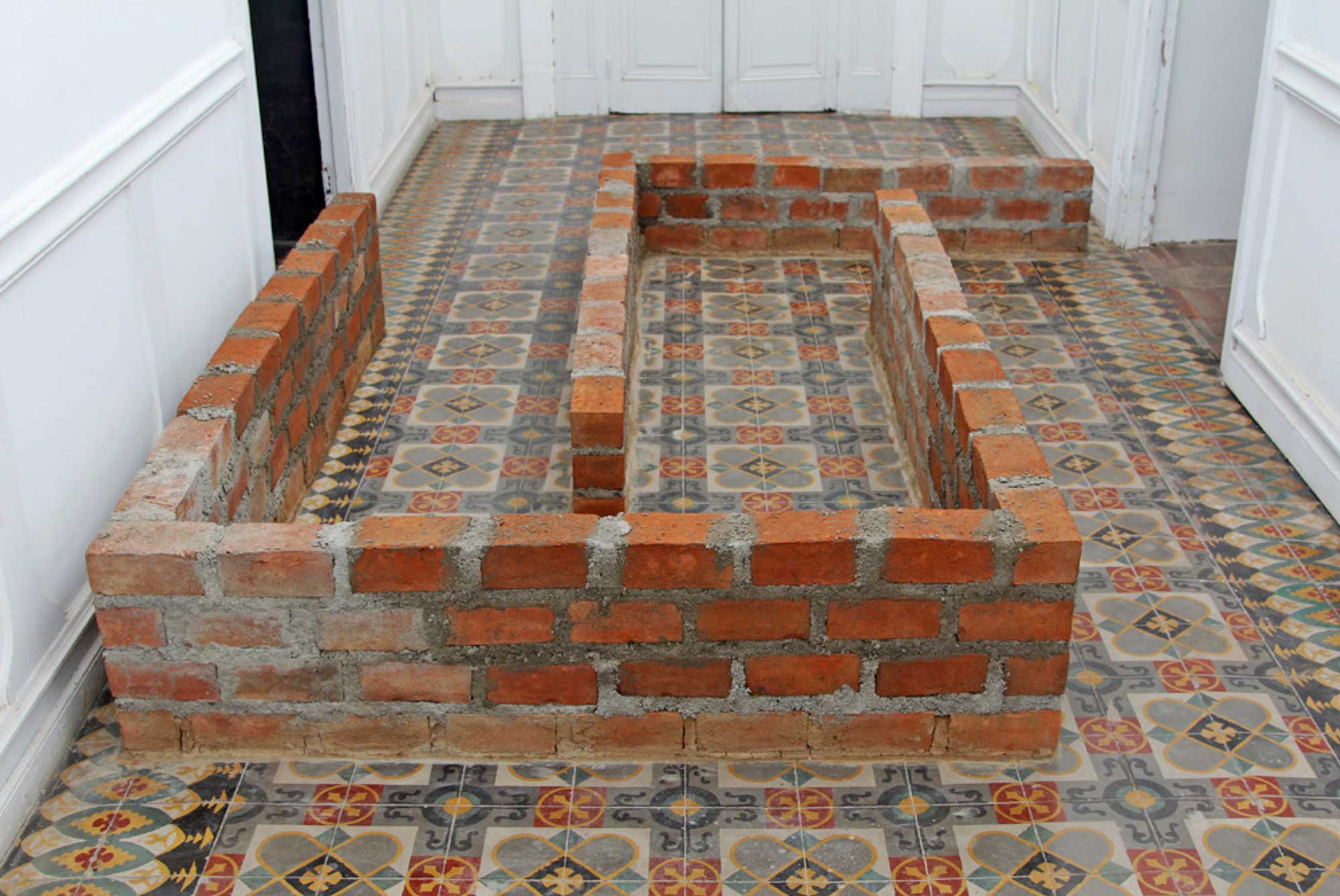
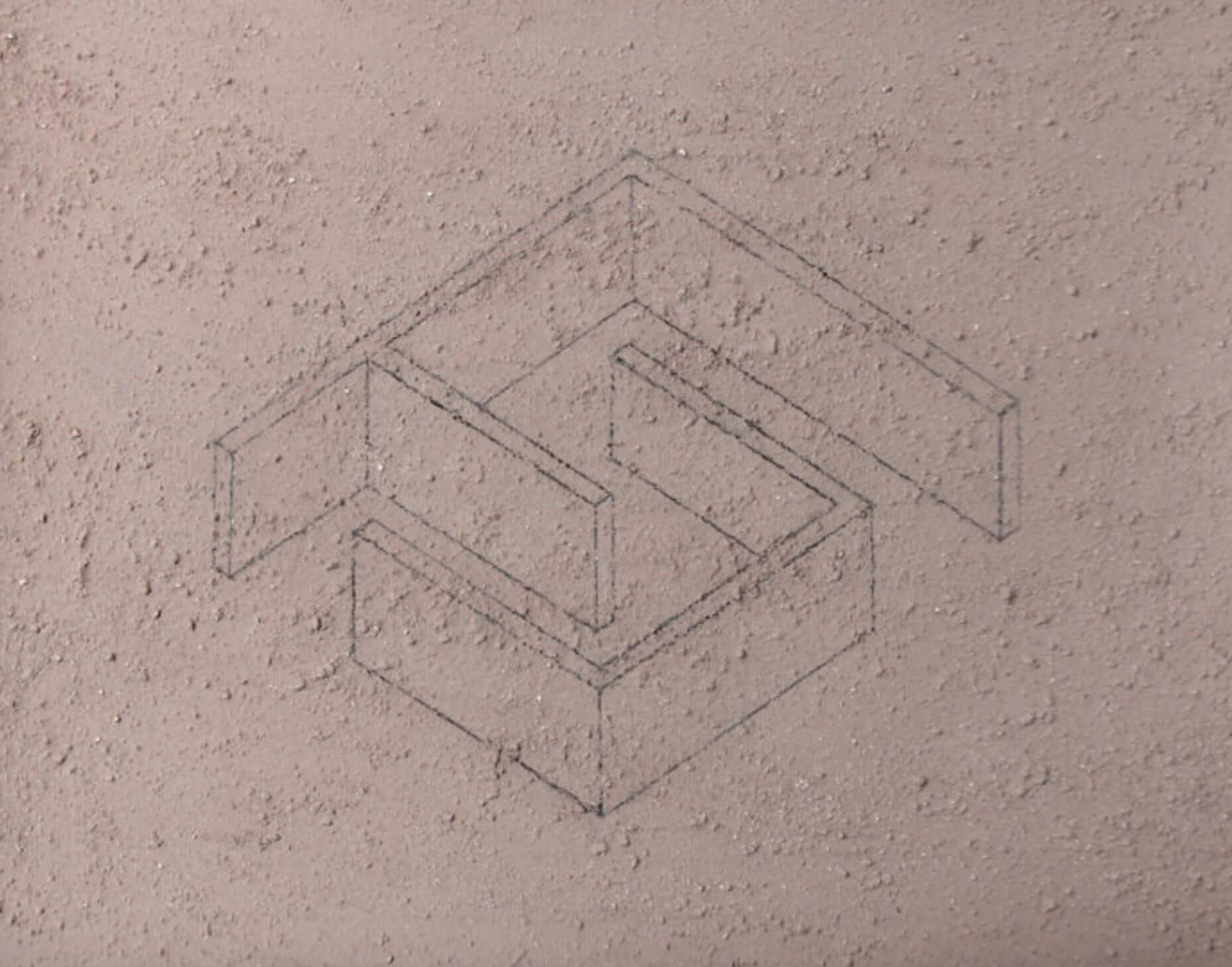
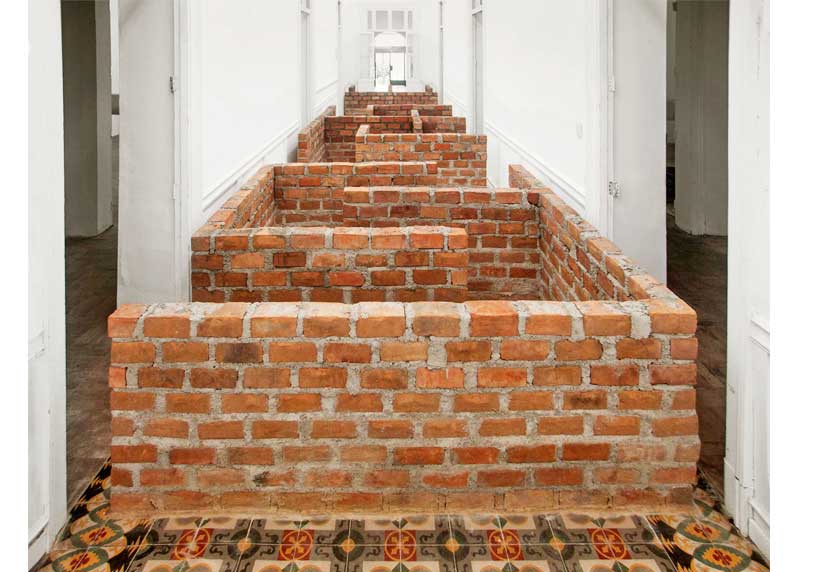
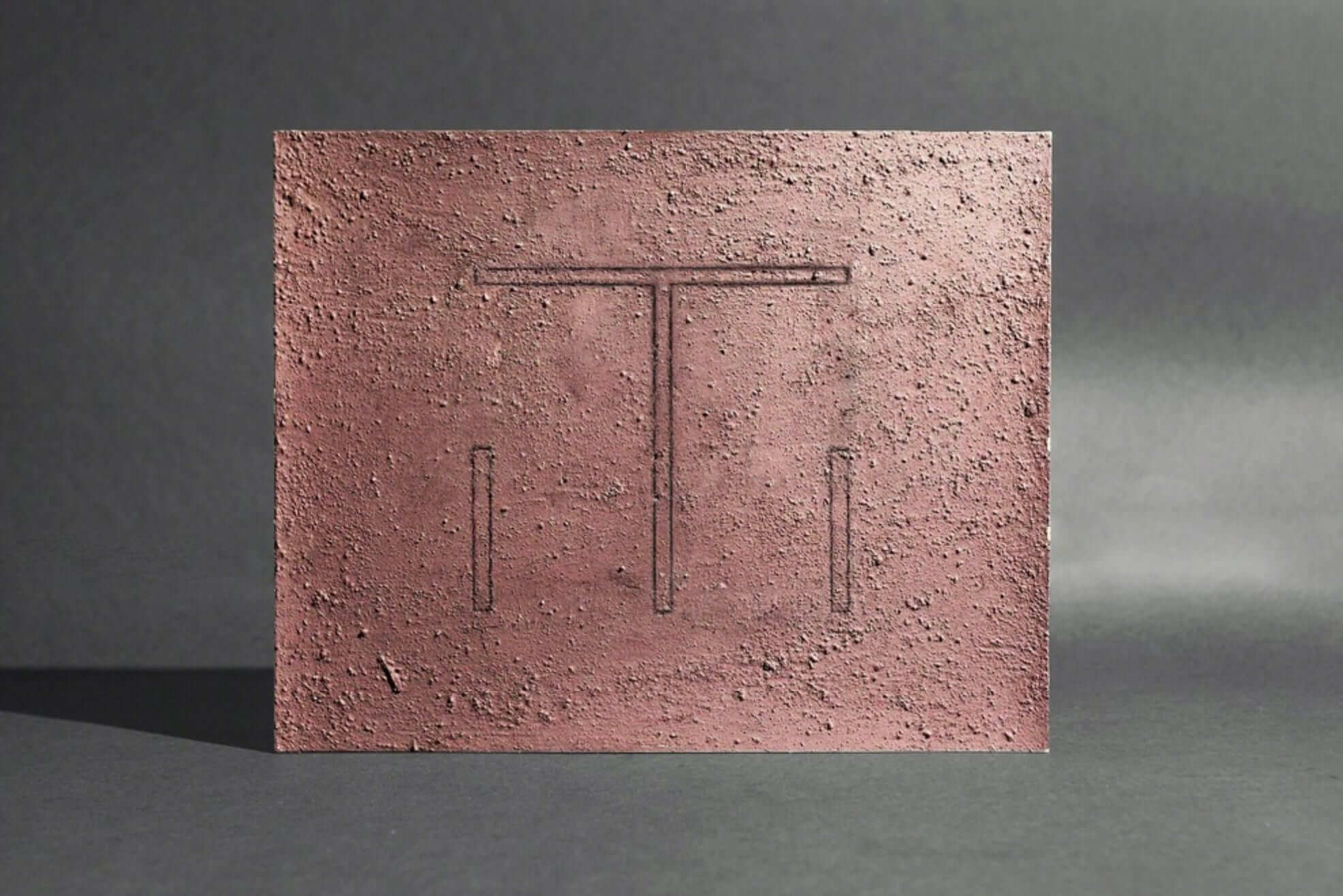
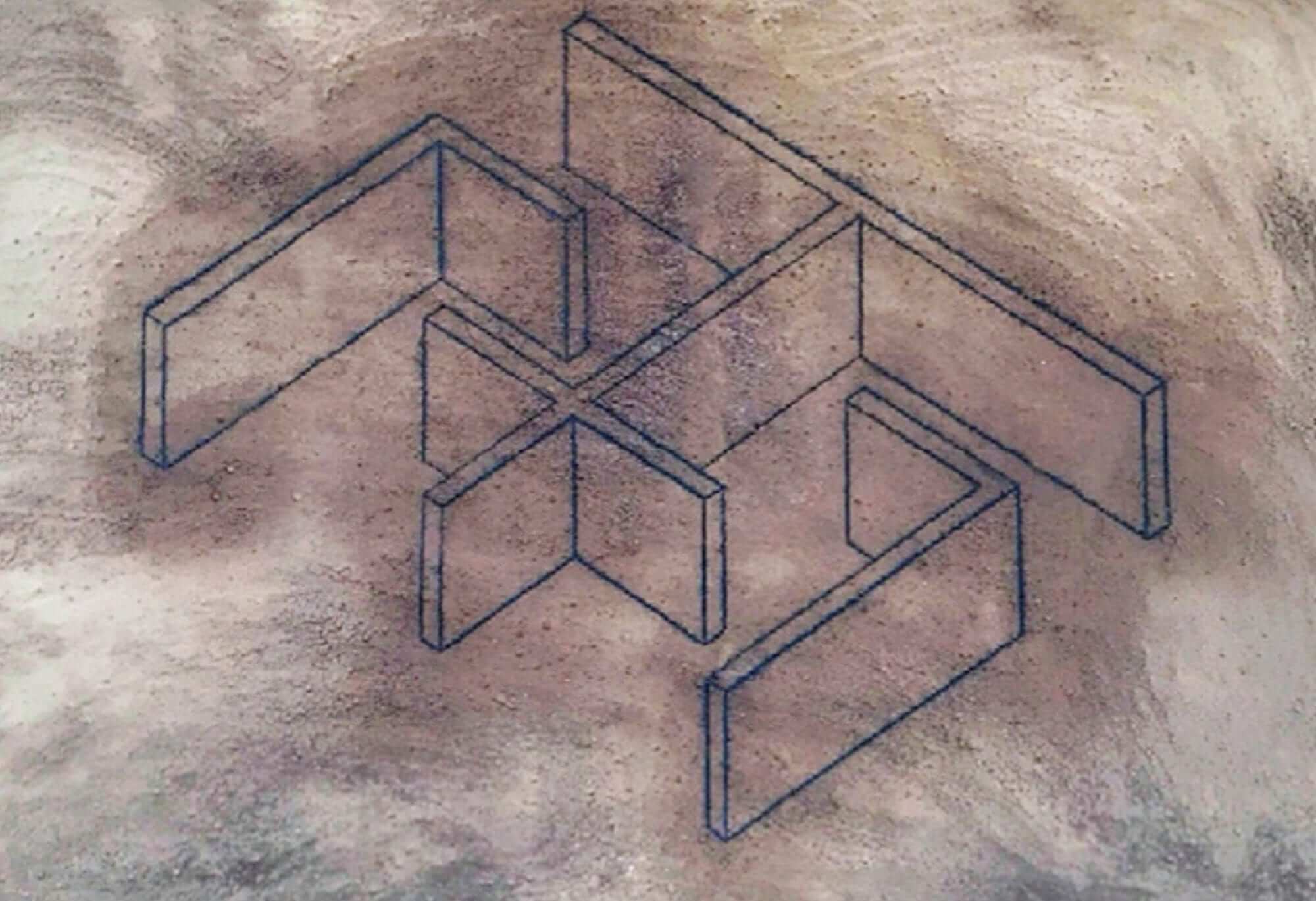
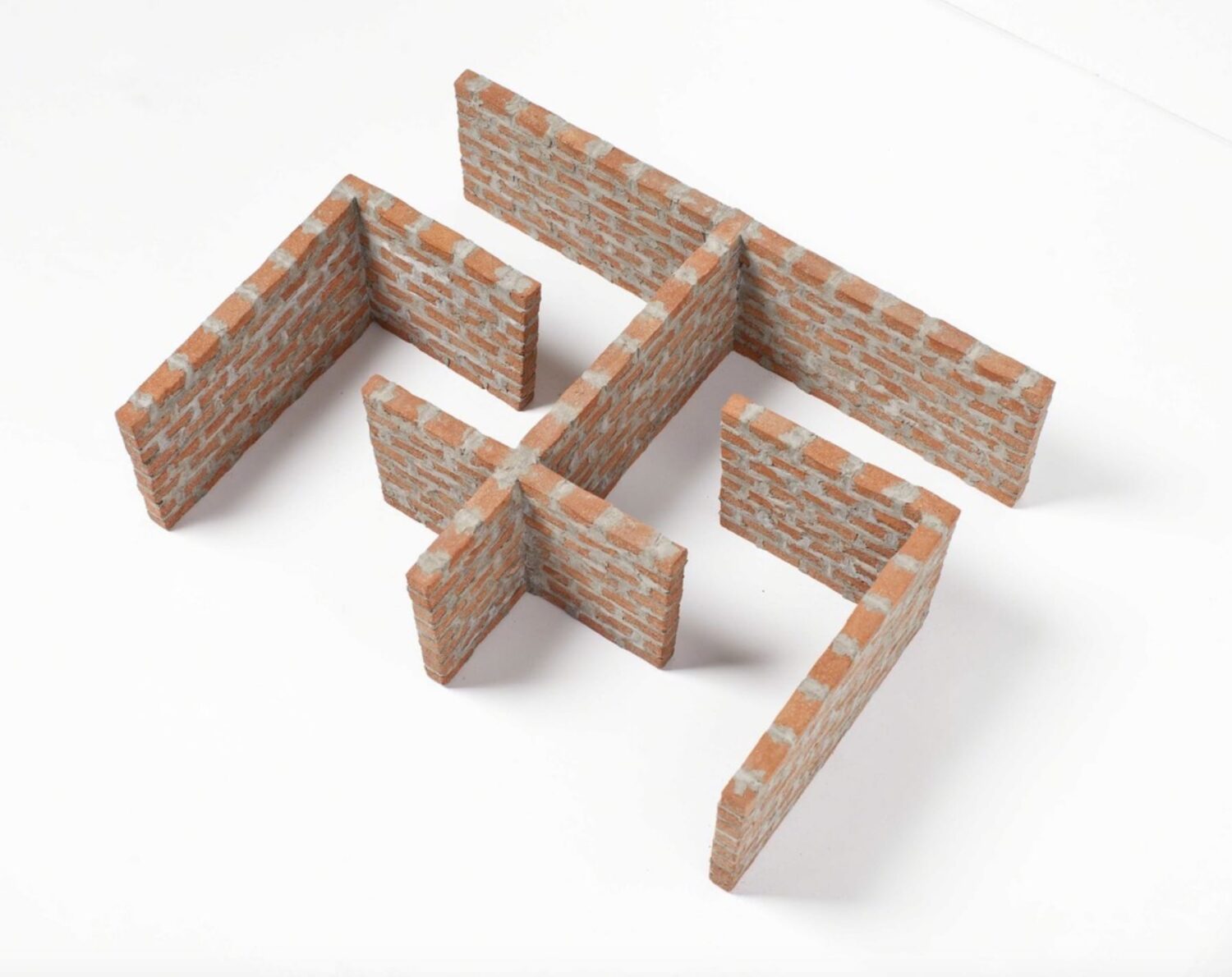
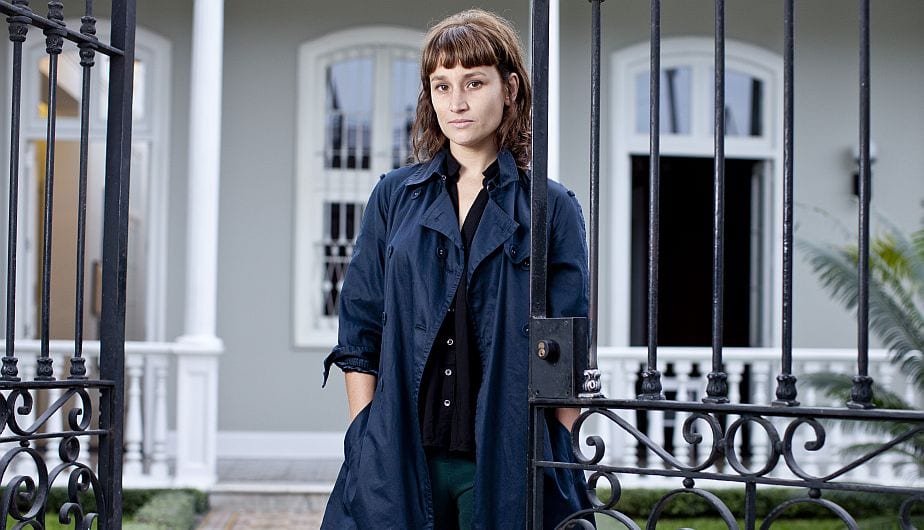
More works from Garrido-Lecca:
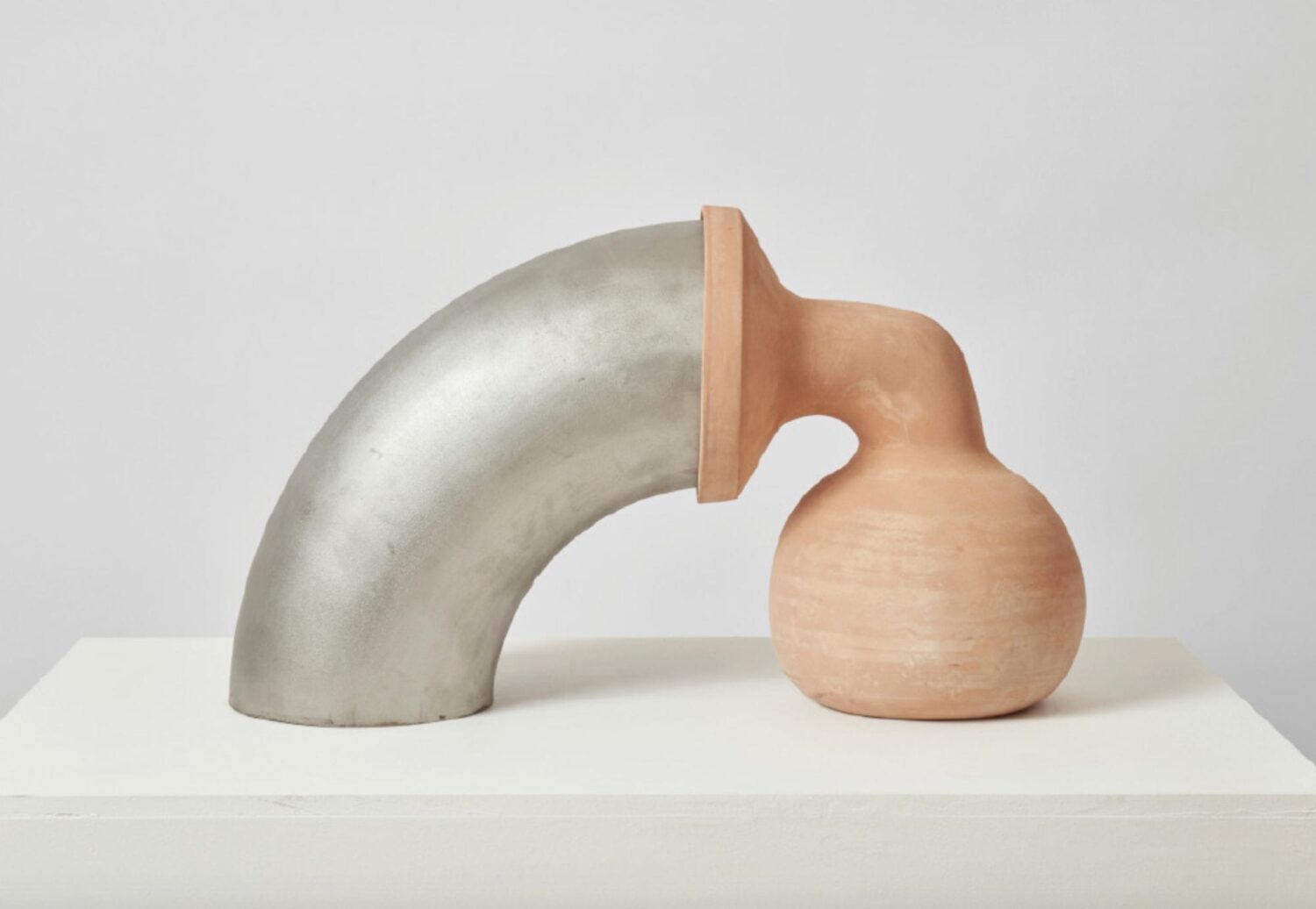
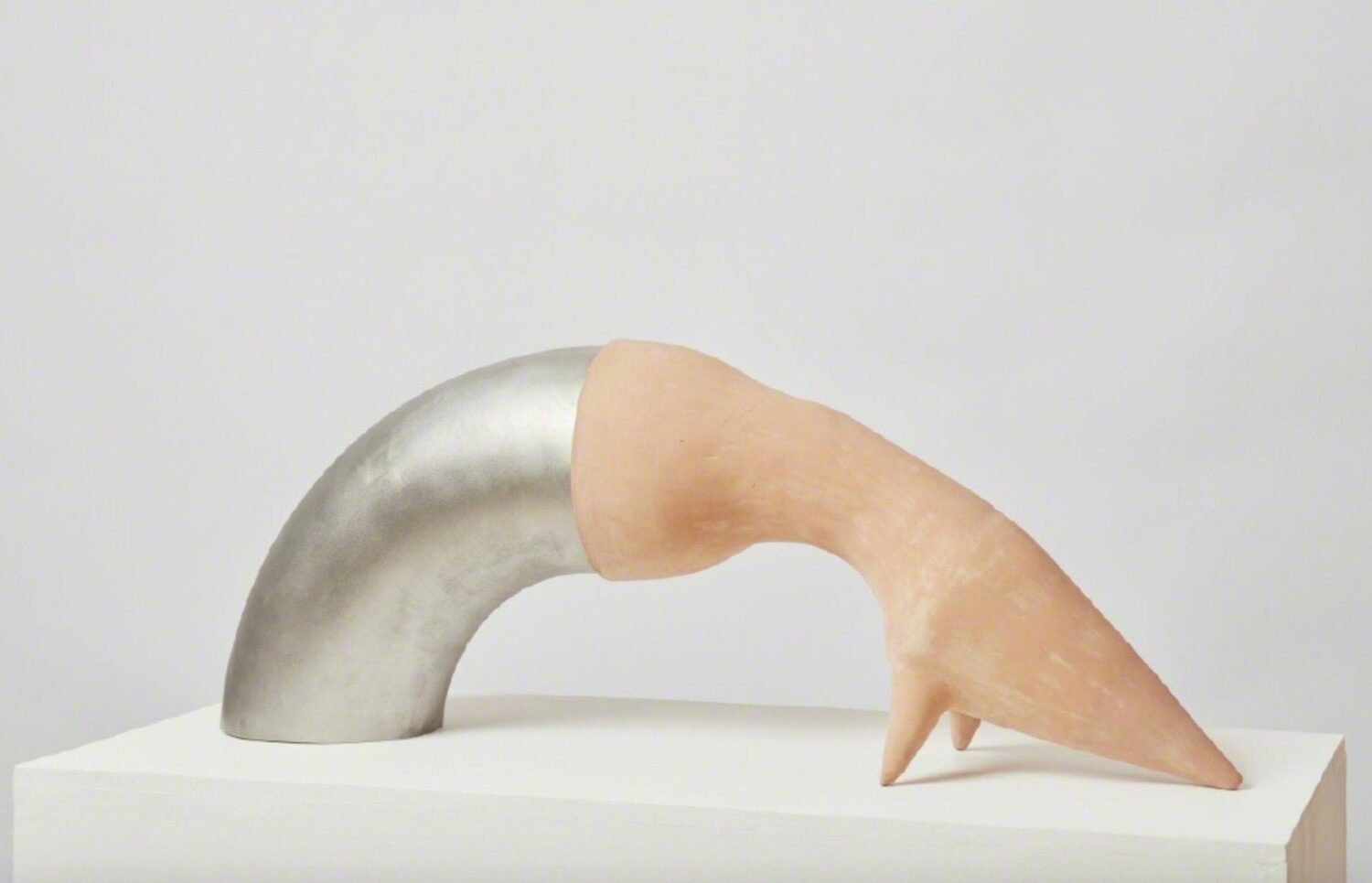
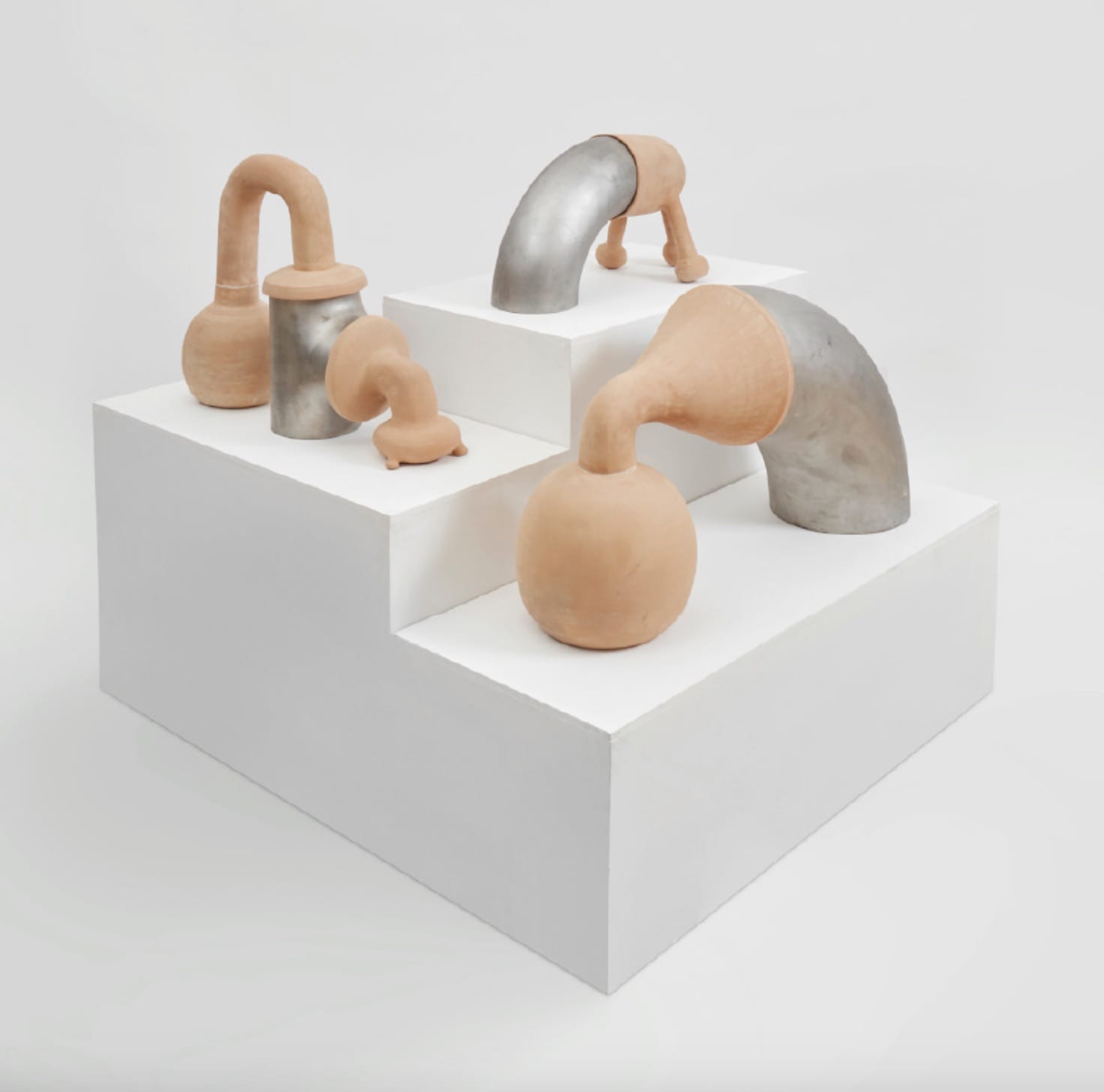
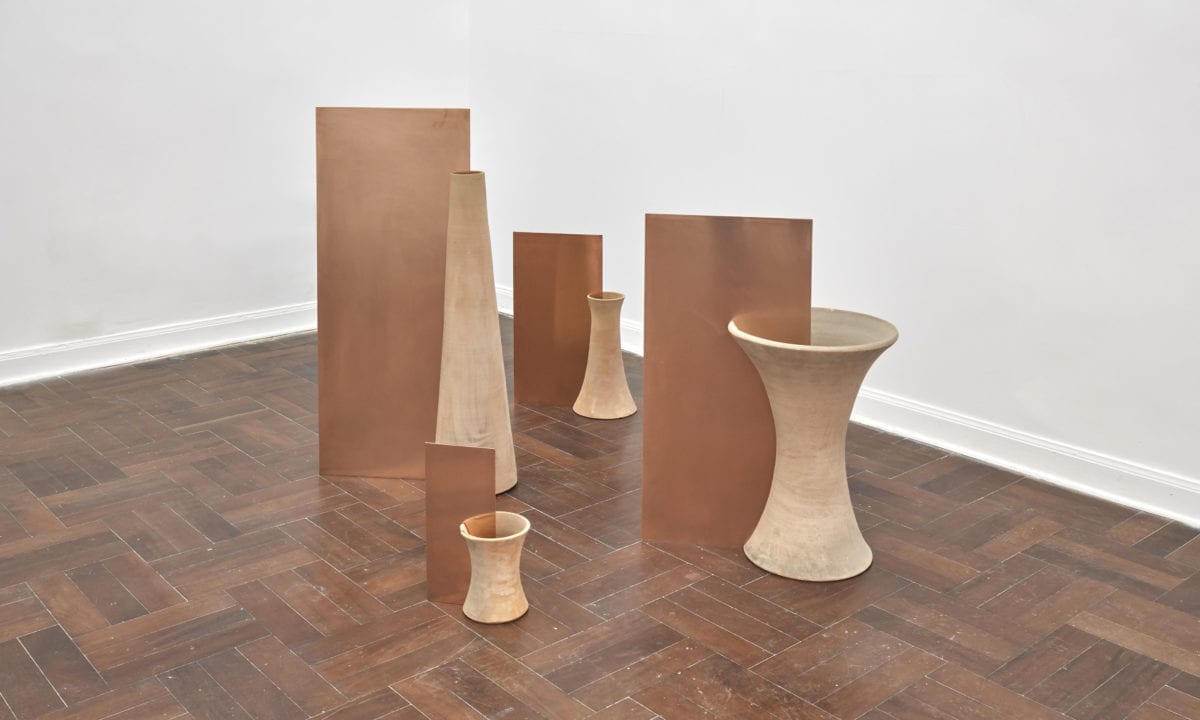
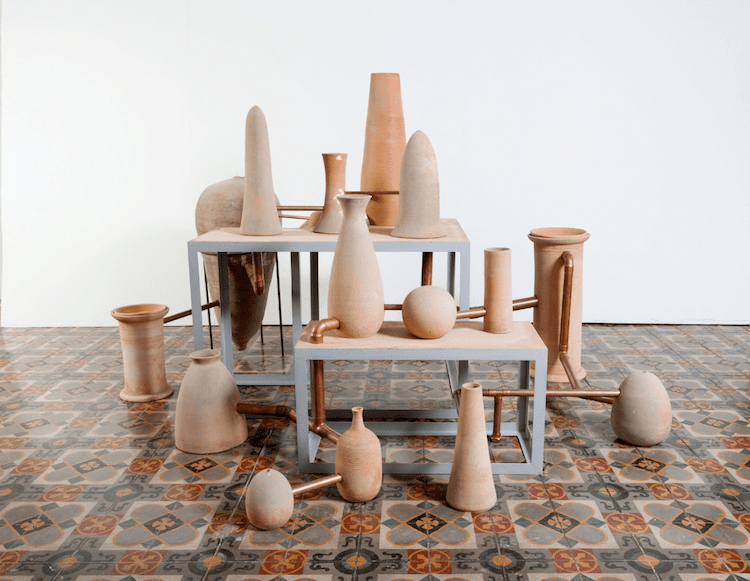
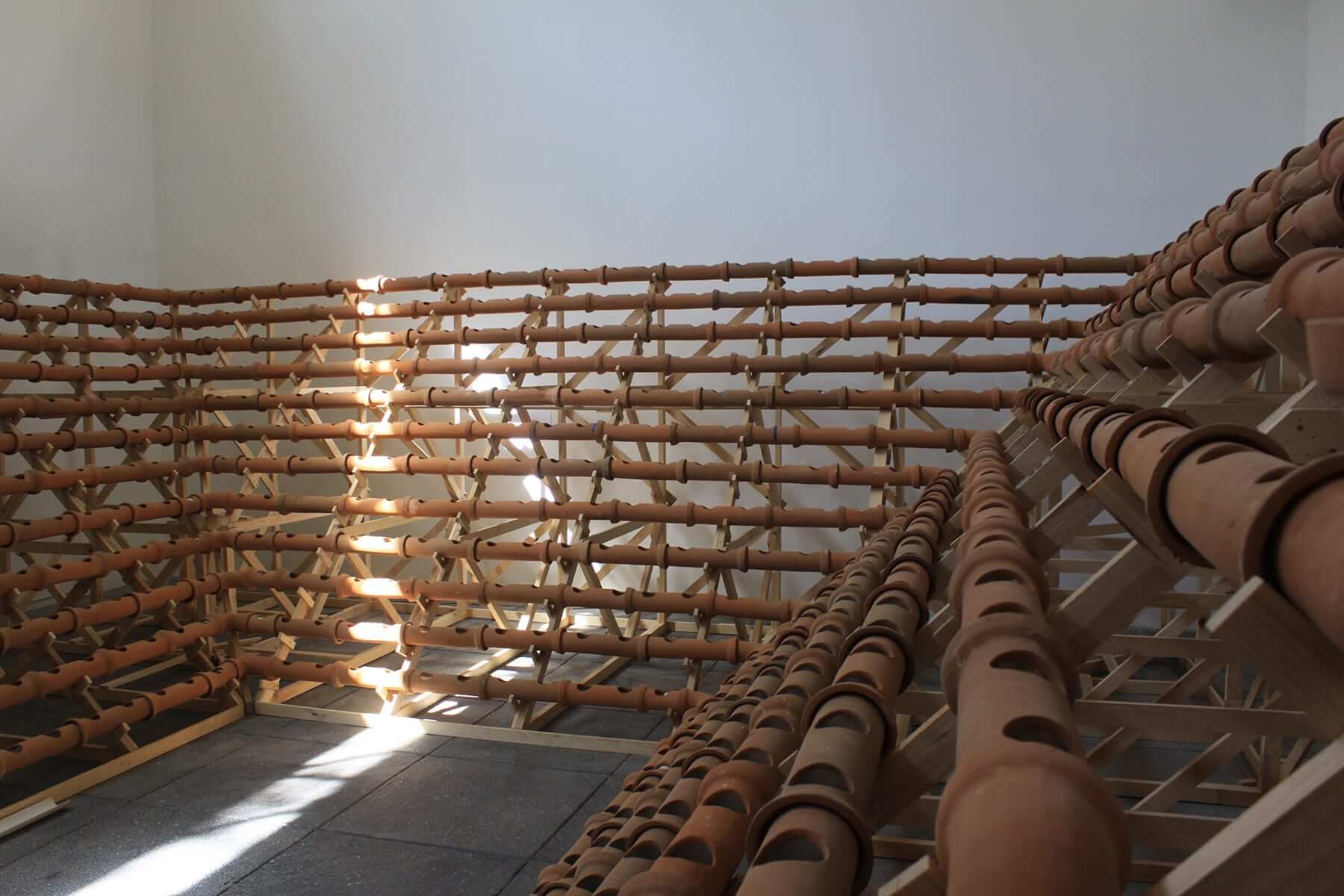
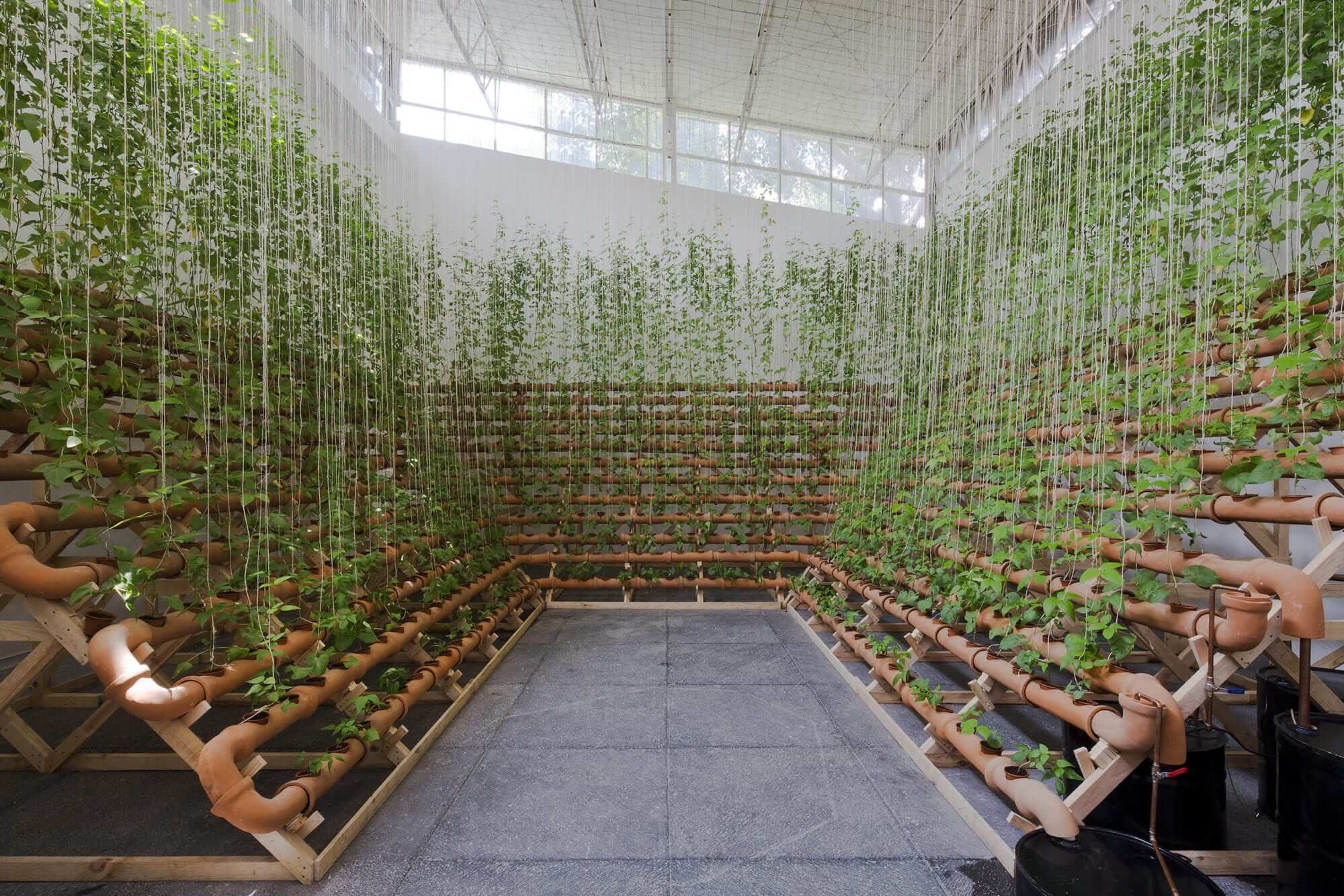
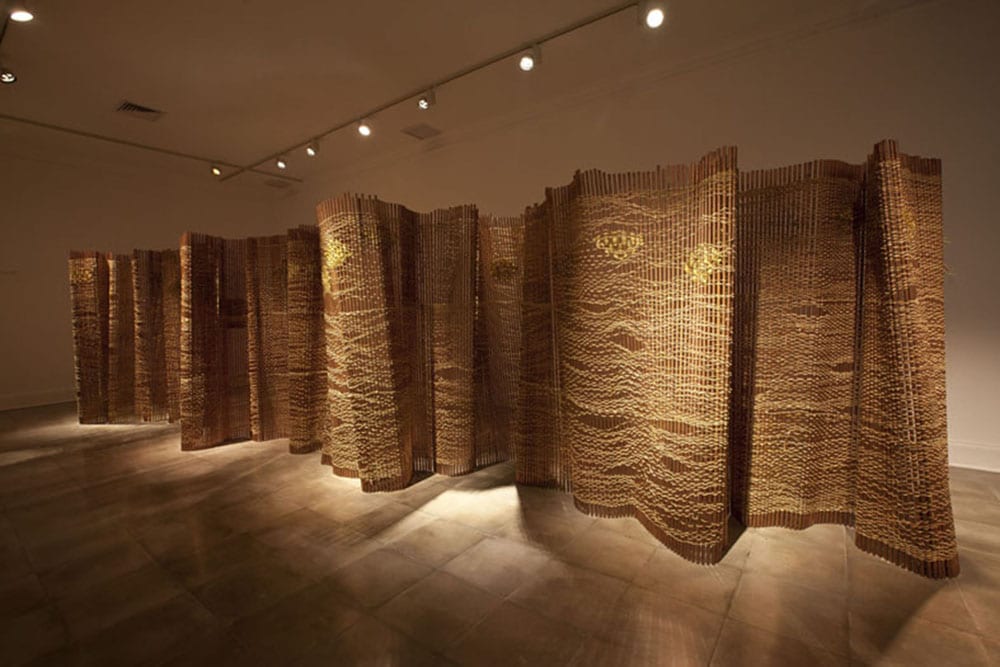
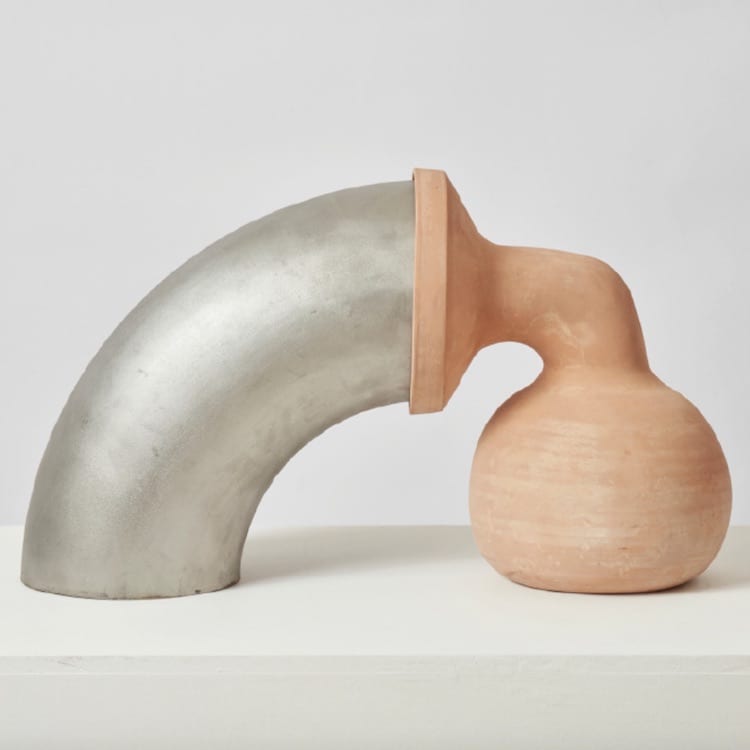
She’s Peruvian not Portuguese.
Thank you, Garth